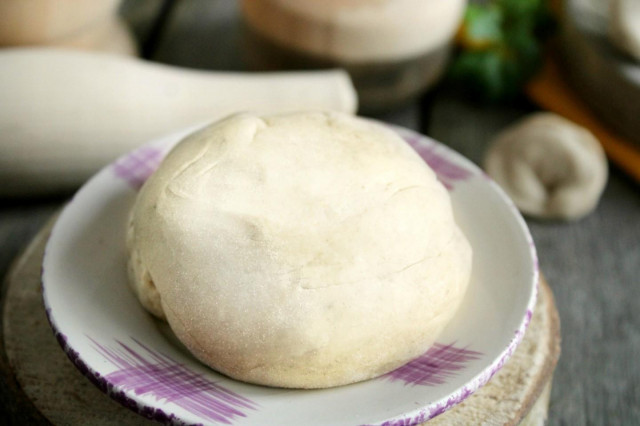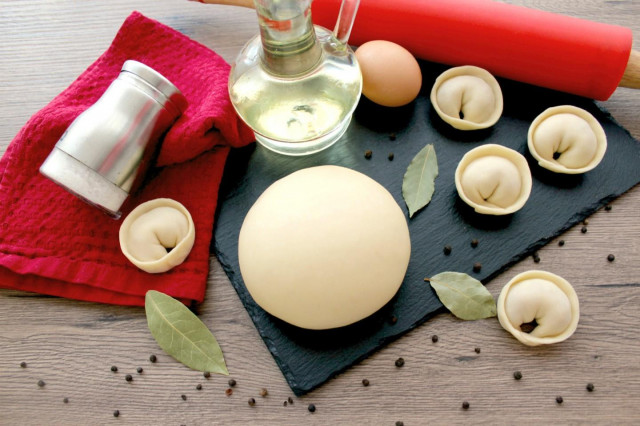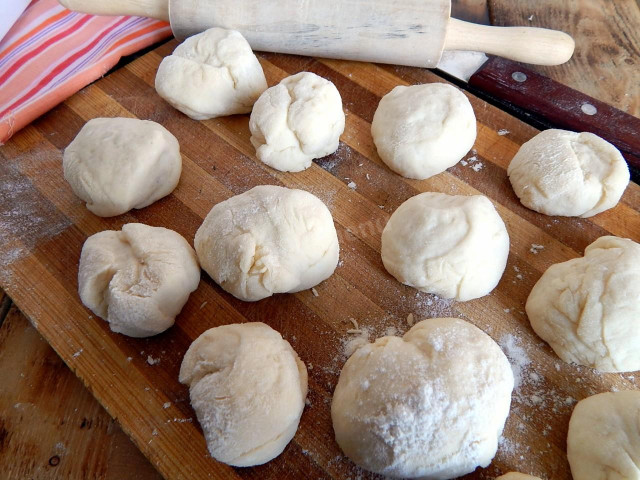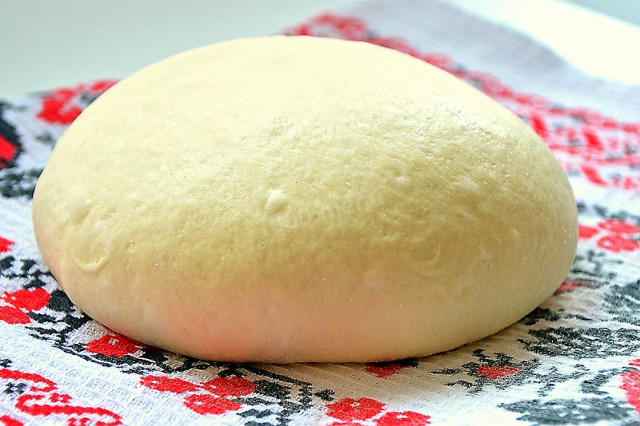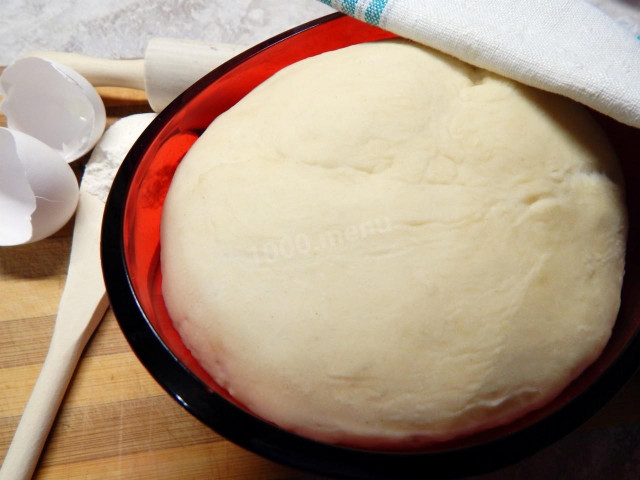Composition / ingredients
Cooking method
In a large and deep container with a volume of at least three liters, break the eggs, add granulated sugar to them, then beat everything well together with a mixer. Melt the butter in a water bath, cool it a little and add it to the egg-sugar mixture. You can also use a microwave oven to melt the oil.
We heat the milk to 37 degrees Celsius and dilute fresh yeast in it (it is them, dry ones will not work), after which we add this mixture to the previous one. Mix everything thoroughly, then cover the container with a clean towel and put it in a warm place overnight. You can even additionally wrap the container with a blanket.
The sourdough will ferment overnight and in the morning it will be possible to continue preparing the dough. We wash the raisins, fill them with clean warm water and leave them for half an hour, after which we wash it and put it out to dry a little on a paper towel. Sift the flour.
Add salt to the sourdough, mix. Now we begin to pour the flour slowly, kneading the dough. In the process, we also add raisins. Knead the dough until it stops sticking strongly to your hands. At this stage, we lay out the dough into molds (it is better to take two molds with a diameter of 12 cm or a little less / a little more), filling them by one third of the volume. We leave it to come up for two hours (the dough should come up, taking about half of the mold).
Everything is ready for baking! And while the cakes are being baked, you can prepare the glaze. By the way, such cakes are baked at 180 degrees Celsius to a "dry match", that is, when a match is pierced with a cake, it remains dry. And, of course, to ruddiness.
Culinary masterpieces and good mood
Caloric content of the products possible in the composition of the dish
- Whole cow's milk - 68 kcal/100g
- Milk 3.5% fat content - 64 kcal/100g
- Milk 3.2% fat content - 60 kcal/100g
- Milk 1.5% fat content - 47 kcal/100g
- Concentrated milk 7.5% fat content - 140 kcal/100g
- Milk 2.5% fat content - 54 kcal/100g
- Chicken egg - 157 kcal/100g
- Egg white - 45 kcal/100g
- Egg powder - 542 kcal/100g
- Egg yolk - 352 kcal/100g
- Ostrich egg - 118 kcal/100g
- Whole durum wheat flour fortified - 333 kcal/100g
- Whole durum wheat flour, universal - 364 kcal/100g
- Flour krupchatka - 348 kcal/100g
- Flour - 325 kcal/100g
- Granulated sugar - 398 kcal/100g
- Sugar - 398 kcal/100g
- Butter 82% - 734 kcal/100g
- Amateur unsalted butter - 709 kcal/100g
- Unsalted peasant butter - 661 kcal/100g
- Peasant salted butter - 652 kcal/100g
- Melted butter - 869 kcal/100g
- Raisins - 280 kcal/100g
- Kishmish - 279 kcal/100g
- Salt - 0 kcal/100g
- Fresh yeast - 109 kcal/100g



